Non-Woven Geotextile Fabric in Modern Geosynthetics Applications
Non-woven geotextile fabric enhances drainage, filtration, and erosion control across geosynthetics applications and infrastructure projects.
Tel: +86-411-39569550 | E-mail: info@geofantex.com/geofantex@gmail.com
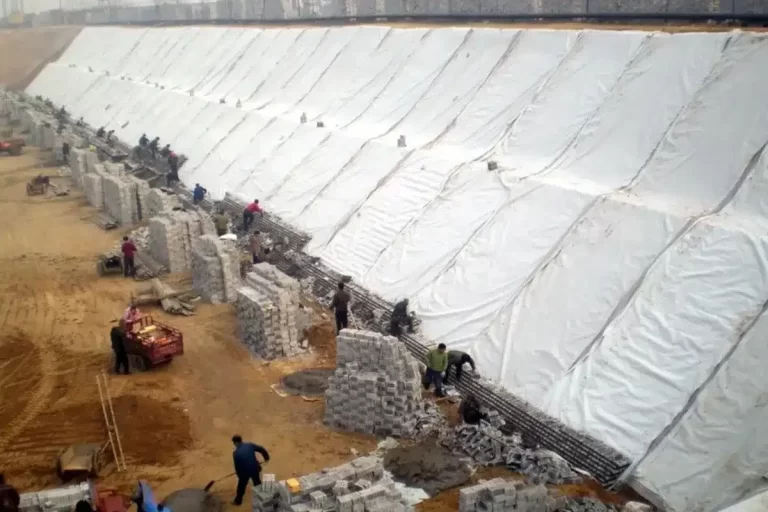
Non-woven geotextile fabric enhances drainage, filtration, and erosion control across geosynthetics applications and infrastructure projects.

Explore how geocomposite drainage systems enhance water management and soil stability in major infrastructure projects worldwide.
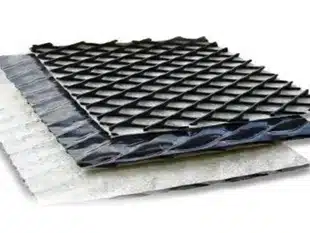
Explore how geocomposite drain systems enhance drainage in bridges, tunnels, and dams with efficient, lightweight geosynthetic solutions.
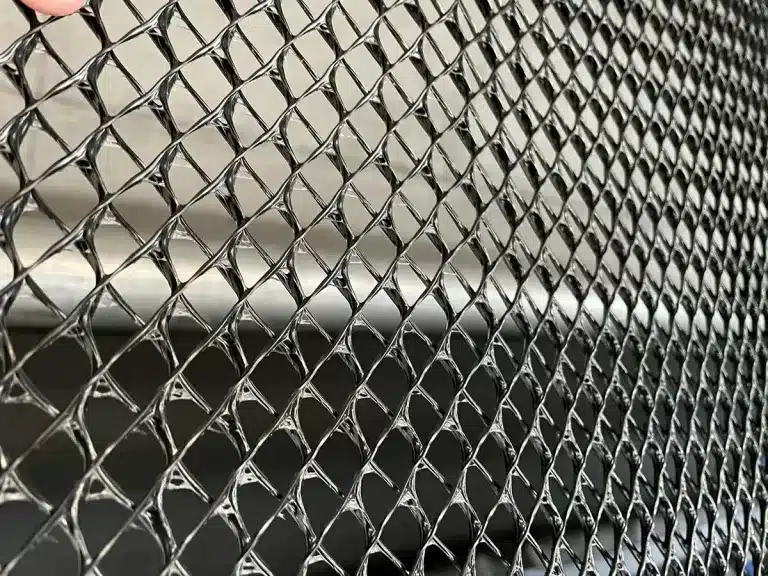
Explore how geonet and geogrid solutions are transforming geosynthetics through sustainable, high-performance composite systems in 2025.
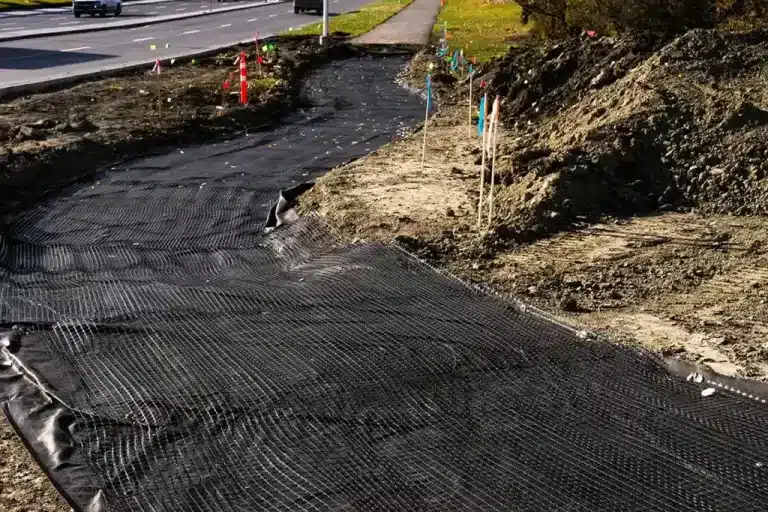
New geonet HDPE tech boosts drainage and durability in roads, landfills, and coastal systems—reshaping geosynthetics in 2025.
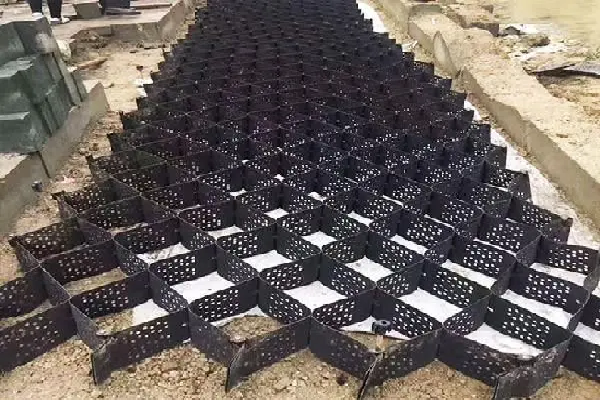
Geosell enhances soil stability, drainage, and erosion control using geosynthetics in civil and environmental engineering.
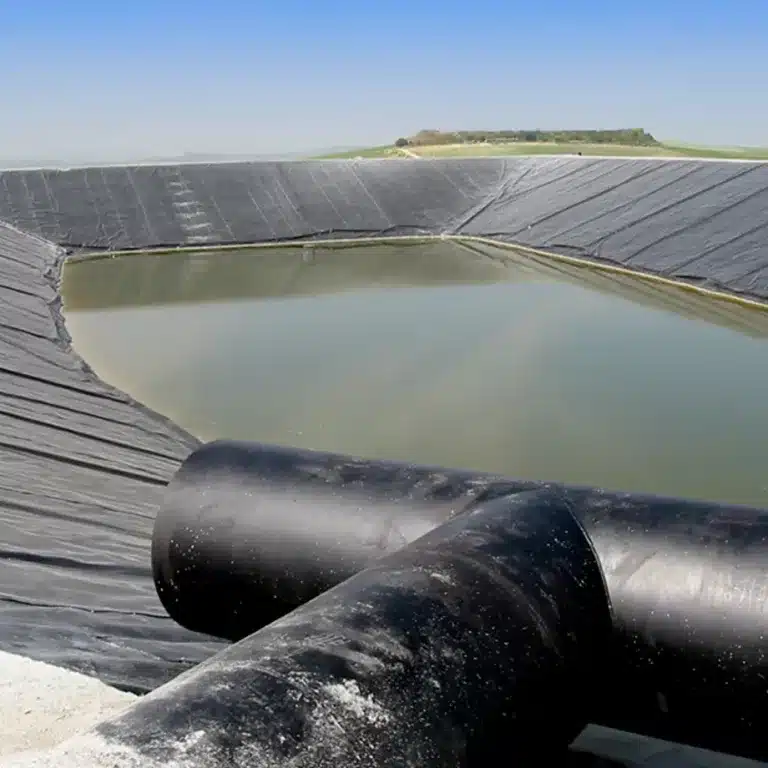
Explore how top geomembrane suppliers like Geofantex support global projects with high-quality liners and geosynthetic solutions.

Explore what a geomembran is, its uses in geosynthetics, and key 2024 industry data for landfill, mining, and water containment projects.
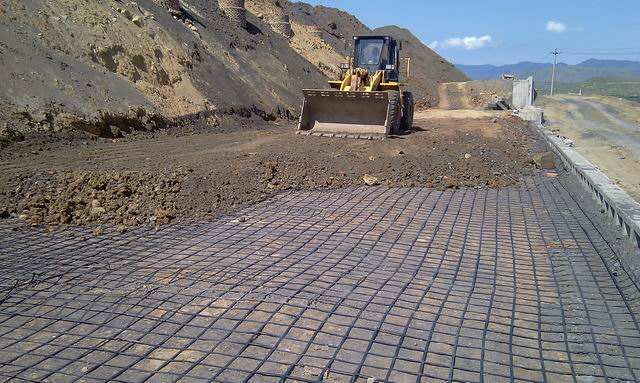
Explore how geogrid fabric enhances roads, slopes, and landfills through real-world geosynthetics case studies.
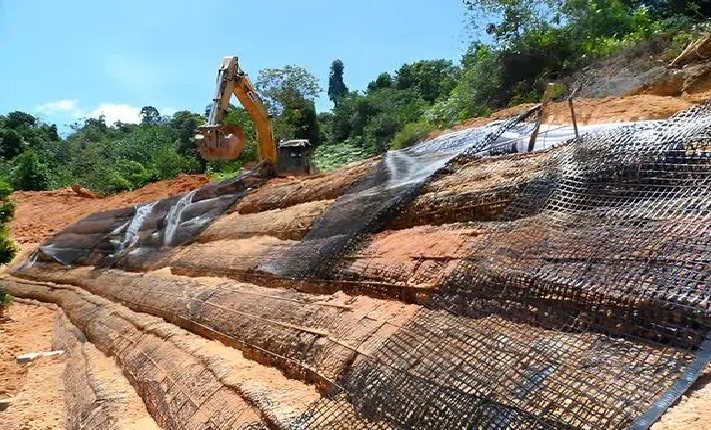
The geogrid retaining wall provides effective soil stabilization and slope reinforcement. Real case studies highlight its success.
End of content
End of content
WhatsApp us